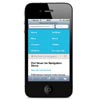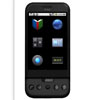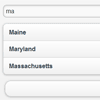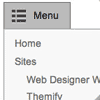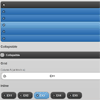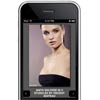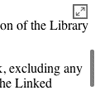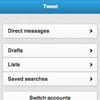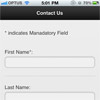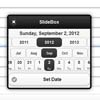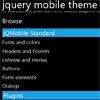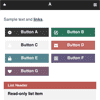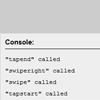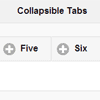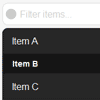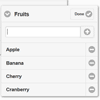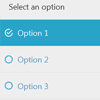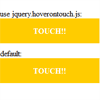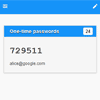This library was to be published hand-to-hand with my article on the Vibration API. You can also view the documentation.
Does my Device Support the API?
The vibration API is implemented in navigator.vibrate. So calling the function makes your phone vibrate. You can test if your browser is recent enough to have the vibrate function in navigator.
Mozilla had their own implementation mozVibrate so some browsers may support that instead.
var canVibrate = "vibrate" in navigator || "mozVibrate" in navigator; if (canVibrate && !("vibrate" in navigator)) navigator.vibrate = navigator.mozVibrate;However, this doesn't mean that your device can vibrate. Just that it's recent enough. There are a few requirements you need to meet.
- You need the hardware for it.
- The page needs to be visible.
- Browser-specific implementation prevents the vibration.
Usage
jquery.vibrate.js
You can embed using bower with bower install jquery.vibrate.js. Or you can download the zip file and extract the build/jquery/* files.
The javascript files are located in build/jquery/jquery.vibrate.min.js.
Download and embed the code then initialize in one of the following ways.
// Vibration for 50ms on all .button on click $(".button").vibrate(); // Vibrate for 20ms on click $(".button").vibrate("short"); // Vibrate for 50ms on click $(".button").vibrate("medium"); $(".button").vibrate("default"); $(".button").vibrate(50); // Vibrate for 100ms on click $(".button").vibrate("long"); // Vibrate for 40ms on touchstart $(".button").vibrate({ duration: 40, trigger: "touchstart" }); // Vibrate twice $(".button").vibrate({ pattern: [20, 200, 20] }); Development
I'm using grunt and node for building the docs. Grunt and jasmine for testing. Check out the gruntfile.






